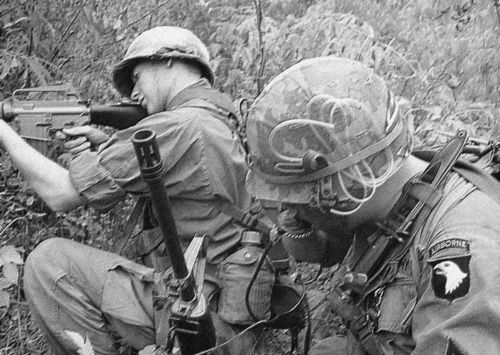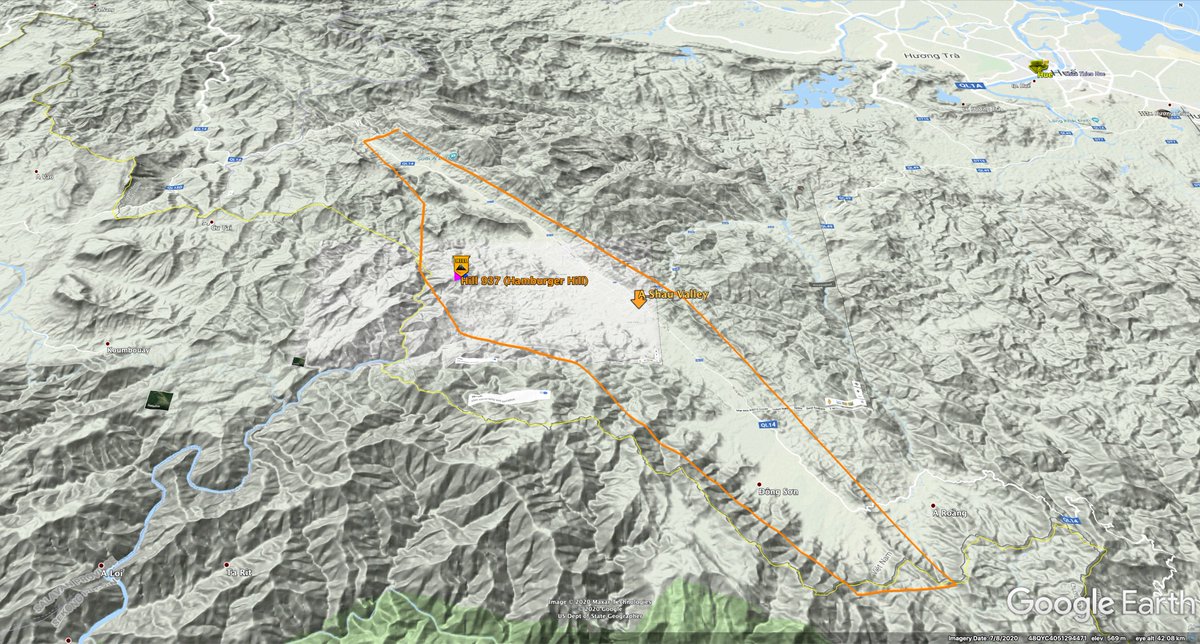
[1 of 6]
WESTMORELAND'S LEGACY
In telling the 70 year history of the XVIII Airborne Corps, we've arrived at the period between 1962 and 1973. During this time, this man, William Westmoreland, was a large figure - perhaps the dominant figure - in our Army.
WESTMORELAND'S LEGACY
In telling the 70 year history of the XVIII Airborne Corps, we've arrived at the period between 1962 and 1973. During this time, this man, William Westmoreland, was a large figure - perhaps the dominant figure - in our Army.

[2 of 6]
Westy's reputation was darkened by the Vietnam War.
In this tweet thread, our friend, Dr. @Erikhistorian, historian for @USArmyCMH, reexamines the man and his controversies.
Regardless of what you think about Westmoreland, these four videos are worth your time.
Westy's reputation was darkened by the Vietnam War.
In this tweet thread, our friend, Dr. @Erikhistorian, historian for @USArmyCMH, reexamines the man and his controversies.
Regardless of what you think about Westmoreland, these four videos are worth your time.

[3 of 6]
Let's start with Westmoreland's early life, education, and WWII service.
Let's start with Westmoreland's early life, education, and WWII service.
[4 of 6]
After WWII, Westy commanded the @TheRakkasans in the Korean War and then the @101stAASLTDIV.
By 1963, he'd developed a reputation as perhaps our Army's finest airborne leader.
After WWII, Westy commanded the @TheRakkasans in the Korean War and then the @101stAASLTDIV.
By 1963, he'd developed a reputation as perhaps our Army's finest airborne leader.
[5 of 6]
Westmoreland arrived in Vietnam in 1964. He found himself burdened with constraints amidst a complex, confounding war.
Westmoreland arrived in Vietnam in 1964. He found himself burdened with constraints amidst a complex, confounding war.
[END]
So how should we think about the criticism of Westmoreland? How should we consider his leadership in Vietnam? Here, Dr. Villard offers insight from his deep scholarship on this subject, presenting context that may allow us to rethink the man's legacy.
So how should we think about the criticism of Westmoreland? How should we consider his leadership in Vietnam? Here, Dr. Villard offers insight from his deep scholarship on this subject, presenting context that may allow us to rethink the man's legacy.
• • •
Missing some Tweet in this thread? You can try to
force a refresh



















